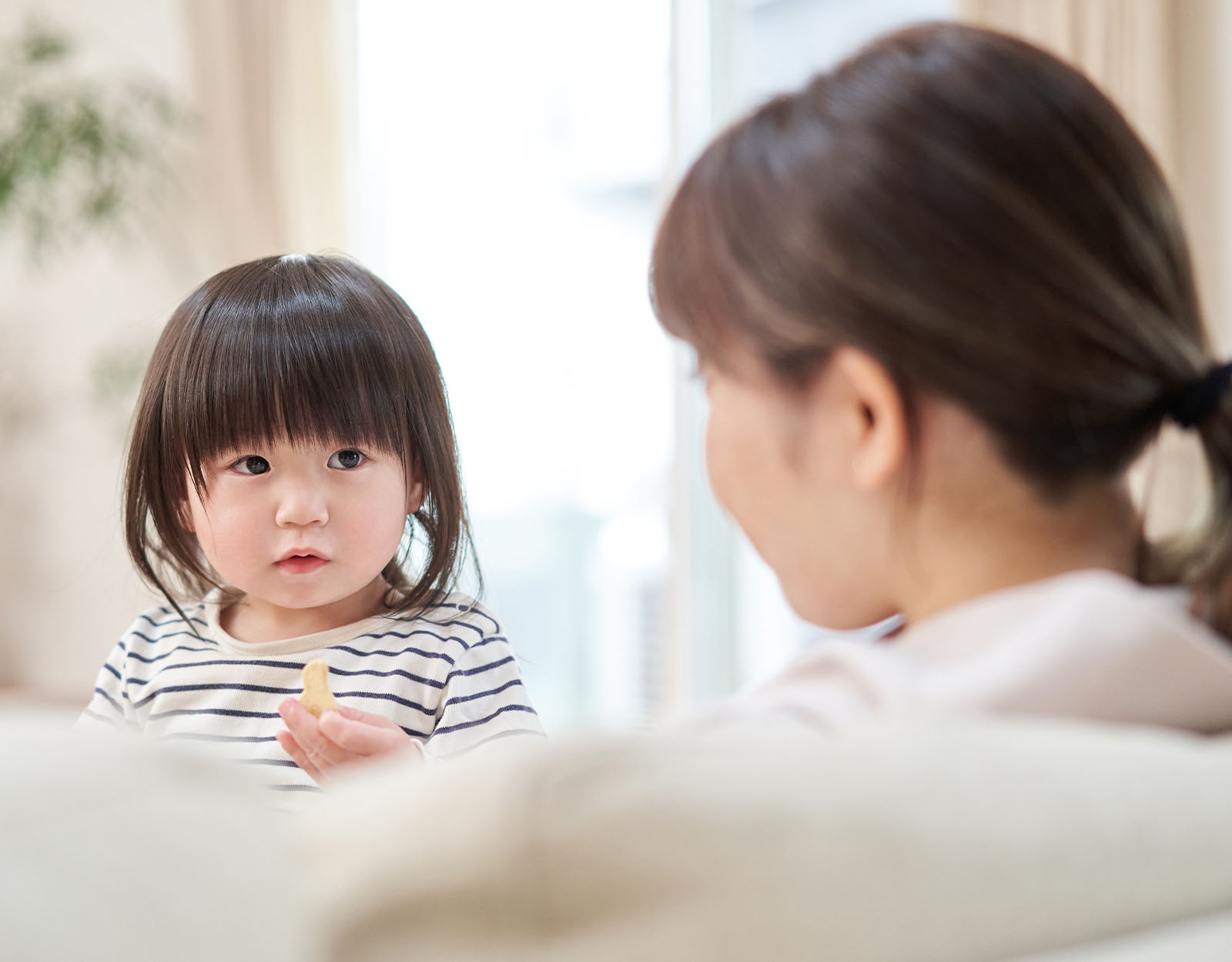Conscious Discipline: Why Every Parent Must Know It
As parents figure out more ways to raise their children, studies have shown that a new form of discipline known as Conscious Discipline yields positive results.
Disciplining a child makes up at least 80% of a parent’s struggles. The first part of the struggle is getting the child to listen, the second part is making sure that our spouses/partners/family members are on board with how we discipline them. But once everyone understands the idea, they can finally master the art of Conscious Discipline. From there, parents will also find ways to properly and appropriately discipline children in social situations and not just the home.

What is Conscious Discipline?
Recognized by the United States’ Substance Abuse and Mental Health Administration’s (SAMHSA’s) National Registry of Evidence-based Programs and Practices (NREPP), Conscious Discipline uses a trauma-informed approach to consistently create a safe learning environment for both adults and children. The best part about this approach is that it applies to both parents and teachers. By helping teachers and parents undergo self-actualization, they become aware of the seven powers and skills that can help them encourage positive development in children.
Unlike most disciplinary frameworks that base themselves on traditional conditioning, conscious discipline acknowledges the two-way effect of disciplinary action. While children face the frustration of understanding theoretical situations, parents struggle with their own impatience and their childhood traumas while trying to exercise the conscious knowledge that their children are still learning. Thus, Dr. Becky Bailey, the founder of Conscious Discipline, created a comprehensive pyramid model to help parents and teachers track their progress in becoming mentors and understanding their position as learned individuals.
Understanding The Biological Part of Disciplinary Action
While we discipline our children, we’re also fighting a part of us that recalls what happened to us when we misbehave. Dr. Bailey’s Brain State Model reveals three parts of the brain that light up during this crucial learning moment: the brain stem, the limbic system, and the prefrontal cortex. (Bailey, 2011) These three parts are responsible for the three states that simultaneously occur when disciplining our children: survival, emotional, and executive events.
- Survival – Years of classical conditioning and immediate punishment can create feelings of unease, leading to children’s resistance. They don’t feel safe in performing a certain action, leading to their tantrums and meltdowns.
- Emotional – The lack of safety makes us scared which puts us and our kids in reactive mode. Both parties are waiting for one or the other to do something.
- Executive – If we cannot satisfy the first two then, the executive state falls through. Since both of us — our children and us — are too rattled from feeling unsafe and frustrated, we can’t come up with a proper solution.
By understanding how our brains work, we now are more aware of what tools we have to discipline our kids.
The Power of The Seven: Parents And their Superpowers
No, we don’t mean the ability to clean the house in record time or cook a Michelin-star grade meal. Our ability as disciplinarians sometimes falls short because we’re not aware of the tools we have on hand. The art of conscious discipline supports a parent’s ability to dive deeply into their mind and find what powers and skills they have to become the mentor their child needs. For the seven powers, parents have these:
- Perception – As adults, we are more attuned to our surroundings. Because of this, we also become aware that nothing happens to us without our permission.
- Unity – Most of us parents see discipline with a clean divide of who’s right and who’s wrong. But the truth of the situation is that both the child and the parent are in the same situation wherein they now have a problem to deal with.
- Attention – Although problems tend to overwhelm us with the many things happening, we can’t solve them by multi-tasking. By paying special attention to each component, we eventually solve the problem instead of the usual remedy. It may take longer but the imprint of the lesson lasts longer, too.
- Free Will – As a disciplinarian, we insist that our kids follow whatever we say. Ideally, that’s the situation many parents want: that their kids just follow without question. But we are beings who think and sense things, we all have our own minds. Even the Bible states that God gave us Free Will! We may as well discipline under that assumption.
- Acceptance – Emotions can make things feel disastrous but instead of trying to prevent a disaster that’s already happening, we need to accept that it’s there so we can stop it from doing further damage.
- Love – We promised our kids our unconditional love and they are filled with nothing but that, too, for us. Although they will say mean things out of frustration, there is rarely any genuine malice. Love means identifying the difference between genuine hate and frustration with the situation.
- Intention – Discipline shouldn’t only be seen as a form of discouragement. We’re also creating a moment for our kids to learn something better.
Once we master these superpowers, then, we unlock these seven skills.

The Seven Skills for Discipline
The powers we become aware of as parents then serve as the foundation for what Dr. Bailey calls the “seven skills” for discipline. These skills also help create a compassionate relationship between parents and teachers, allowing kids to remain calmer and better absorb executive skills (Anderson, Weimer, and Fuhs, 2020).
- Composure – The most difficult to maintain during discipline especially when we have dark memories of how our parents used to discipline us, composure means recognizing that we now have the power to create a safe space by not letting our anger and frustration take over.
- Encouragement – It’s hard to not criticize during our disciplinary actions but praising our kids when they exert effort to understand and learn makes the discipline stick better.
- Assertiveness – We often mis-associate assertiveness with aggression. But being firm can also take a gentle stance. Besides, getting angry means we’re throwing ourselves to the emotional flow of the situation.
- Choice – As parents, we love sharing our nuggets of wisdom with our kids. But sometimes, we expect that they follow it, too. However, our kids may have a more stream-lined solution which may be a bit of a blow to our egos. But discipline is never about satisfying our egos.
- Empathy – As parents, we can still assert our dominance with a more compassionate approach. Showing that we can “agree to disagree” is not being permissive. It’s showing them that they have the responsibility to make that one moment work because they’re choosing a particular action that we don’t support.
- Positive Intent – Children will always see discipline as something negative because it stops them from pursuing a theoretical pleasure. By offering a more ideal situation wherein they can still obtain that pleasure, they learn that not everyone’s out to get them.
- Consequence – Sometimes, our pride as parents makes us subconsciously wield power to avoid consequences. We say things like, “Oh, mommy can do that because she’s older.” Statements like that creates ideas that a specific condition becomes a free pass for a child to misbehave.
A More Parent-Centric Approach to Discipline
As adults, we replace our social and emotional learning with more executive skills. By staying in a certain industry or a particular group of friends, we stay in a comfort zone where everyone thinks the same. There’s little to no mental or emotional resistance. Which is why, as parents, we encounter this with kids because they are of a different mind and timeline. It’s somewhat like the multi-verse except we too are living in the same timeline but not as the main character. We’re seeing our younger ourselves in many “what if” situations through our kids.
But that’s where we have to be conscious. Our children aren’t supposed to become us. We are supposed to become the parents we needed as children (Darling, Seok, Banghart, Todd, and Orfali, 2019). This also applies to teachers; there’s a reason why some teachers become pivotal in students’ lives and it’s because some of them have already been subconsciously practicing these.
Conscious Discipline: Helping Parents Heal to Build
A lot of disciplinary frameworks come with objective of creating pro-social and productive children. But rarely do they look from the viewpoint of the parent who may be struggling with their own demons. Disciplining is no walk in the park; it will trigger painful memories at some point. Most especially when a parent’s parents resorted to more traditional and physical methods, conscious discipline transforms moments of discipline into opportunities of healing and learning for both parent and child.
References
Anderson, K. L., Weimer, M., & Fuhs, M. W. (2020). Teacher fidelity to Conscious Discipline and children’s executive function skills. Early Childhood Research Quarterly, 51, 14-25.
Bailey, B. A. (2011). The theoretical and scientific basis of Conscious Discipline®. Recuperado de https://consciousdiscipline. com.
Caldarella, P., Page, N. W., & Gunter, L. (2012). EARLY CHILDHOOD EDUCATORS’ PERCEPTIONS OF CONSCIOUS DISCIPLINE. Education, 132(3).
Darling, K. E., Seok, D., Banghart, P., Nagle, K., Todd, M., & Orfali, N. S. (2019). Social and emotional learning for parents through Conscious Discipline. Journal of Research in Innovative Teaching & Learning, 12(1), 85-99.
More about disciplining?
Teacher or Parent: Who is Responsible For Discipline Really?
Effective Discipline Strategies in Raising Respectful Kids
10 Things Parents Need to Know About Positive Discipline









